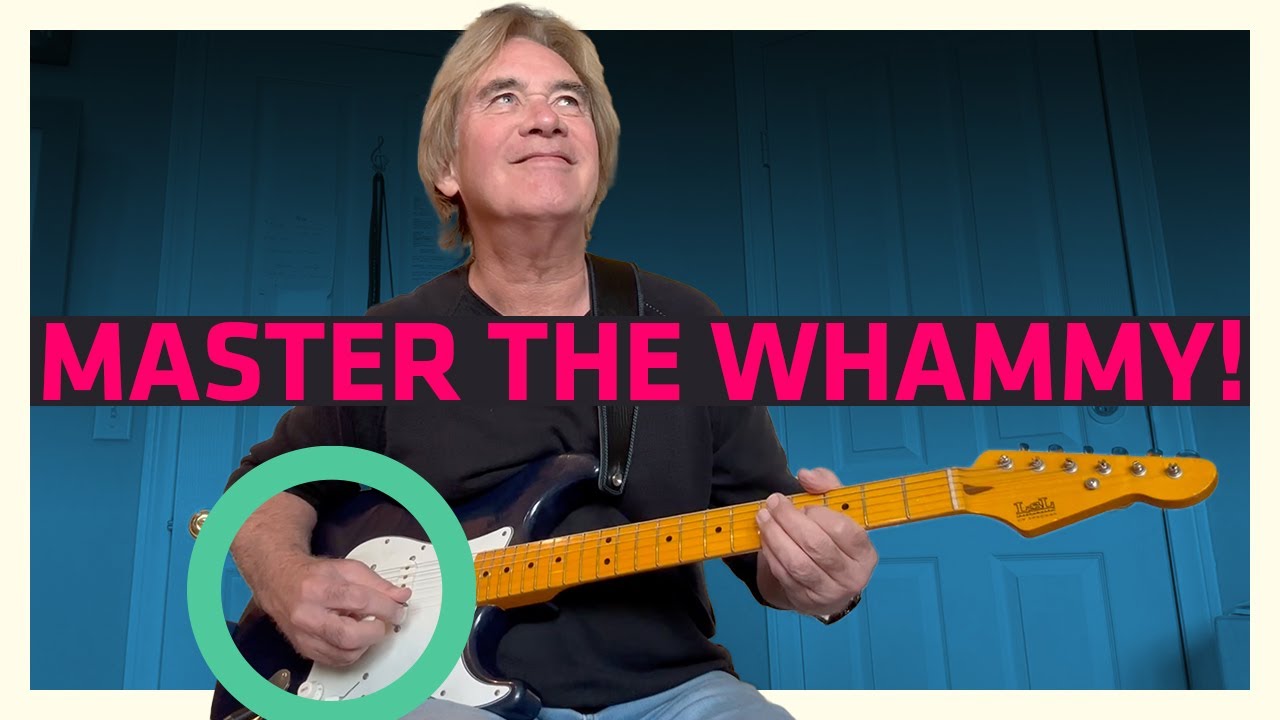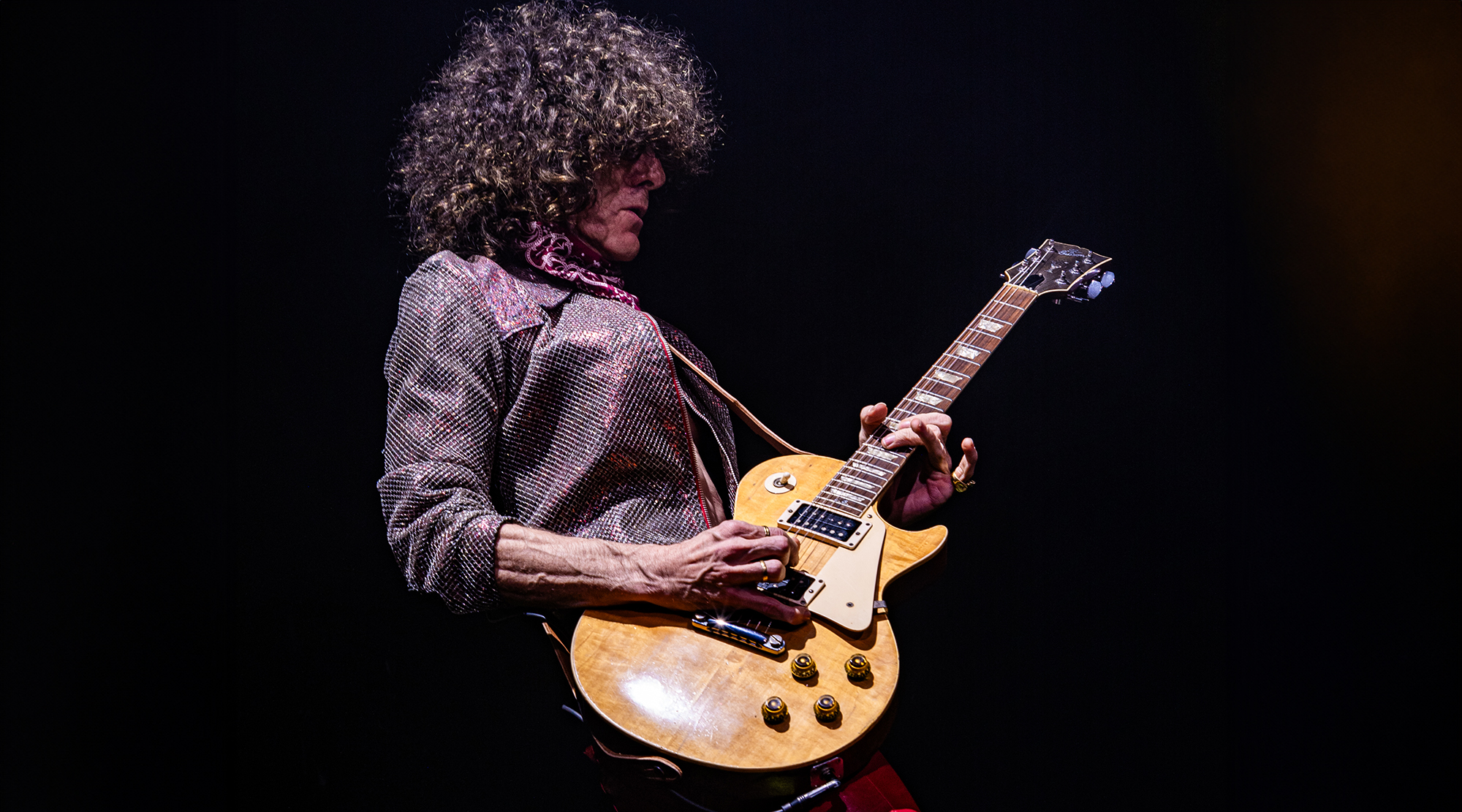Jimi Hendrix Did It Rarely While Jimmy Page Did It All the Time: Here's What You Need to Know About Layering Guitars
There’s more than one way to layer guitars when recording, and these five professional tips will help you choose the right approach

Overdubbing multiple rhythm guitars – called layering – is a common technique for producing a bigger sound.
But is that invariably the case?
There’s more than one way to layer guitars, and these five tips will help you choose the right approach.
1. Do No Harm
Some guitarists reflexively layer guitars, but don’t ask themselves whether it’s really necessary.
A friend, Avid’s Mark Williams, once said, “As soon as you put on that second guitar part, you’re going in the wrong direction.”
That’s not always true, but I know what he means. A single guitar part has definition, and can stand out in a track as a distinct sound. Layers are more indistinct, as the additional parts can “step on” each other.
Sure, there are situations where layering is great, but Jimi Hendrix almost never layered – except for doing overdubs as sort of counterpoint lines. One guitar part said what needed to be said. So if a part doesn’t need to be layered, don’t.
2. Go Small
Paradoxically, layering can actually provide “smaller” sounds that sit better in the background – particularly with power chords. To do this, layer by overdubbing the same sound, using the same guitar, and panned to the same position.
The parts will tend to blur into more of a texture, and, if mixed at moderate levels, that texture will sit in a track as a more background than foreground part.
To place the part even further back, roll off the highs a bit for warmth, and pull back a little on the low end to leave more room for the bass and kick drum to give the textured part its own sonic space.
3. Churn It Up
Taking the aforementioned “small” approach, you can mix the guitar tracks up, and not roll back highs and lows, if there aren’t a lot of other instruments playing. This gives you a full, churning sound.
Check out Never Mind the Bollocks, Here’s the Sex Pistols for a great example of how this kind of layering can drive a song when mixed high.

4. Go Big
For this, set up different layered sounds – like splitting a guitar into two cabs, miking each one separately, and then panning them opposite of each other (of course, this is very easy to do in the virtual world with amp sims).
Layering in this manner preserves the distinct nature of each sound, and lets them stand on their own – yet the two parts will multiply into something bigger.
Often, when mixing with other instruments – such as a piano – I’ll pan one amp cab left and the other to center, with the left piano panned center and right piano panned right. This makes for a big, distinct soundstage.
5. Celebrate Differences
If you really want to push a chorus, don’t reach for another overdub of fuzzed-out power chords. Instead, grab an acoustic guitar and layer it instead.
The percussive, bright nature of the acoustic will serve as a perfect complement to the distorted power chord sludge.
Combining clean acoustic and distorted electric guitars worked for Led Zeppelin, and it can work for you, too.
Get The Pick Newsletter
All the latest guitar news, interviews, lessons, reviews, deals and more, direct to your inbox!
“Write for five minutes a day. I mean, who can’t manage that?” Mike Stern's top five guitar tips include one simple fix to help you develop your personal guitar style
"It’s like you’re making a statement. And you never know where it’ll lead." Pete Thorn shares the tip that convinced Joe Satriani he was the right guitarist for the SatchVai Band










